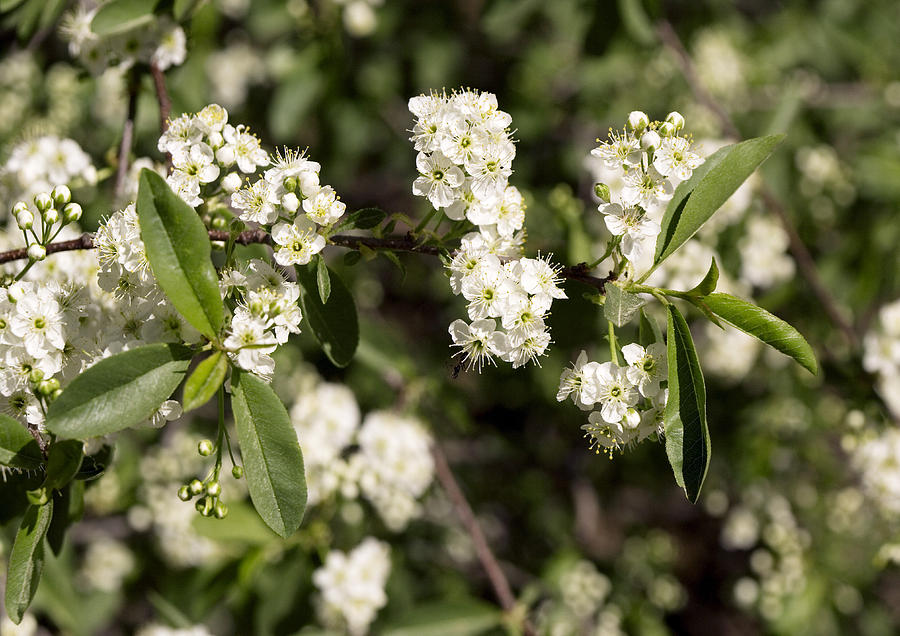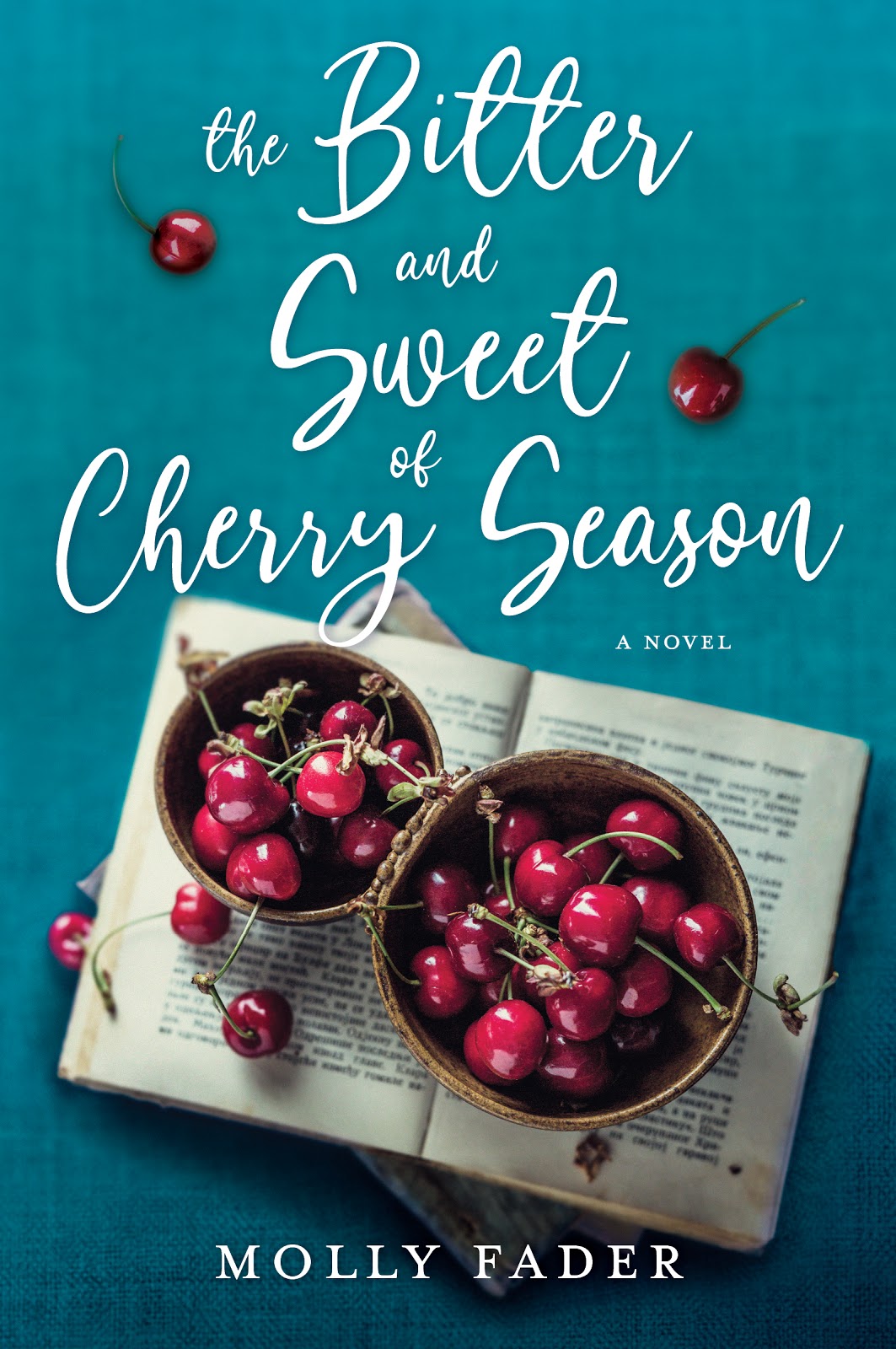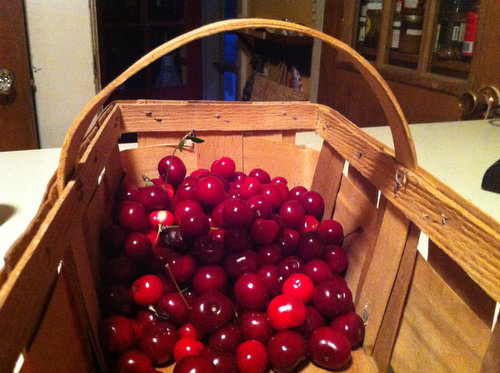

“With cherries the best quality is going to be there at the time of harvest,” she says. Ripe cherries bruise the most easily, but this is the only time to pick them, says Elizabeth Mitcham, a post-harvest physiologist from UC Davis. Sweet cherries bruise and cannot be mechanically harvested. The term “cherry picking” did not come to connote extravagant care by accident. Having saved all those gorgeous cherries, farmers now have to pick them. Cool equals slow ripening, he says, the best conditions for good fruit size and intense flavor. Moreover, a cool year has produced “gorgeous cherries,” according to Jim Culbertson, manager of the California Cherry Advisory Board. This year, California squeaked by without many losses. “Everybody hates that sound.”Įvery five years, crops are wiped out, he says. You can hear them popping on the trees,” says John Fellman, a post-harvest physiologist at Washington State University. “It takes about four to five hours of a good steady rain, then kaboom. The worry was that the cherries would absorb the water through their skin, and then burst on the bough. Last week in the Central Valley, cherry farmers hired helicopters to fly low over their orchards in an attempt to blow rain off trees soaked by a wave of late spring storms. Then there are viruses, fungi and, heaven forfend, sudden heat waves that can ripen the crop too quickly.īut the most persistent threat during harvest is rain.

The honey bees might not fly.”Įven with clear flying conditions, the pollinating trees, which must be a different variety from the fruit-making ones, have a troublesome habit of flowering at the wrong time. Then, during bloom, if it rains and it’s cold, that’s no good. It can scar the fruit and mark the fruit. “If it’s not been cold enough in the winter, the trees don’t make flowers properly,” he says. UC Davis farm advisor Steve Southwick explains why supply never exceeds demand. California is revived by a third season, in supermarkets, when Bings from Oregon and Washington replace exhausted local stocks.īut even with the longest season in the country, Californians could always eat more cherries. Cruelly, Bings disappear from farmers markets at the end of June, but there is a reprieve. But for commoners, the Bing offers its own rapture, as sweet and perfectly tart as jam, and, here’s the trick, zingily fresh. Make that one reason: It’s delicious.Įffete horticulturalists will always attempt to best the Bing with some exotic cherry that only they have tasted, served by nymphs, with harps playing. But Bing is the most popular sweet cherry in the United States for two reasons: It’s an intense mahogany red, and it’s explosively sweet. There are hundreds of cherry varieties, including Garnets, Tartarians, Chinooks, Burlats, Lamberts, Vans, Black Republicans and so on. These are also tart and firm, what cherry farmers call “crunchy.” By mid-June, the cherry supply will swell suddenly as other growers bring the main season cherry, the big red Bing. “I tell people they’re not just sweet, that they have character,” says Hurley.Īt markets around Los Angeles last week, Hurley was also selling blushing yellow and pink Rainiers, which he hopes to keep in his Summer Harvest stalls at farmers markets in Santa Monica, Calabasas, Studio City and Beverly Hills through much of June. Ripe enough, they can turn a deep red, but most are lighter, more garnet-colored. They’re a relatively new, early harvest variety called Brooks: heart-shaped as a Valentine, crisp on the tongue, with good sweetness but a distinct acidic fillip. These are an acquired taste, argues Fresno area cherry farmer John Hurley. The B-side of that particular gripe is that our best fruit goes abroad.īut by the last week of May, local cherries are more than a rumor. As the critics have it, these cherries are picked too early and lack flavor. Teeth start grinding in mid-May when the first cherries from the Central Valley are packed up and sent to the Far East.

It unfolds in three distinct stages, the first being jealous disapproval. But this is about the only true cherries sold in the United States, fresh sweet cherries, and, whee, almost all of these come from the West Coast, where the season starts in California. If those cherries are sour, they have good reason. It is best, here, to draw a veil over the sour cherry industry of Michigan, in which the entire crop is strangely brutalized by processors before sweetening and dying beyond recognition. Cherry trees are such finicky plants, the fruit are so tricky to pick and, once plucked, so very perishable, that cherry season is like no other-more fleeting than summer, as compelling as a perfectly sunny day. But cherries? Smack dab in the middle of cherry season, bang in cherry country, there are never more cherries than takers.


 0 kommentar(er)
0 kommentar(er)
